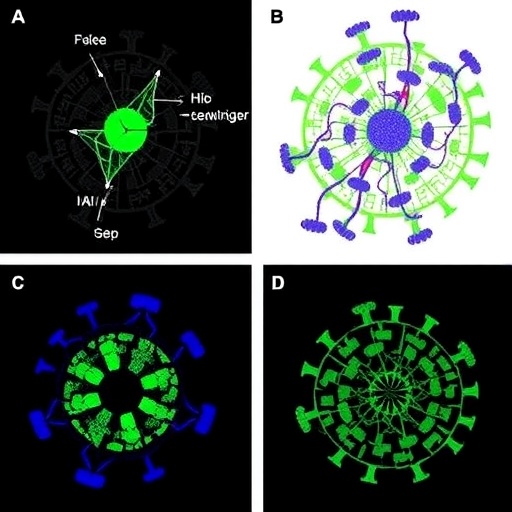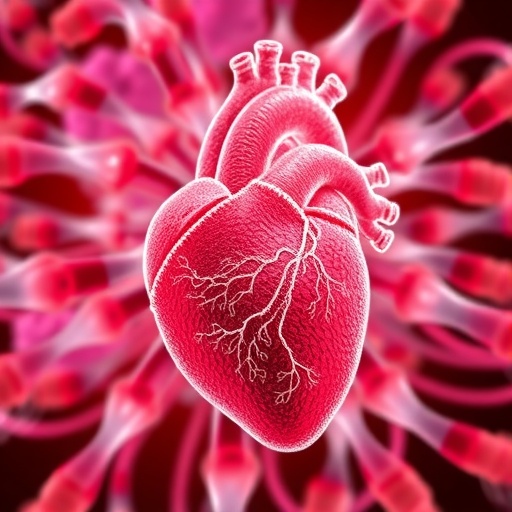
Credit: (Texas A&M AgriLife Research photo by Kathleen Phillips)
COLLEGE STATION — Humans face hundreds of decisions every day. But we're not alone. Even the tiniest viruses also make decisions, and scientists are researching how they do so, to help lead to better treatments for some diseases.
In a study published Feb. 6 in the journal Nature Communications, Dr. Lanying Zeng and her team at Texas A&M AgriLife Research discovered how the lambda phage decides what actions to take in its host, the E. coli bacterium.
A phage is a virus that infects and replicates within a bacterium. Phages were first discovered about 100 years ago, but recently scientists have begun to study how they can be used to attack disease-causing bacteria, especially strains that have become more resistant to antibiotics.
So numerous and diverse are phages — numbering into the billions, according to various reports in the U.S. National Library of Medicine — that researchers are now hot on the trail of phages that have the potential for curing specific bacterial maladies.
The lambda phage, for example, prefers to destroy E. coli bacteria, which makes it a prime target for researchers. In tracking that target, Zeng's graduate student Jimmy Trinh developed a four-color fluorescence reporter system to track it at the single-virus level. This was combined with computational models devised by Dr. Gábor Balázsi, a biomedical engineer and collaborator at Stony Brook University in Stony Brook, New York, "to unravel both the interactions between phages and how individual phages determine" the fate of a cell.
What they found was not unlike the decision-making process of humans. Sometimes the lambda phage cooperates with others. Sometimes it competes.
"Instead of just the cell making a decision, we found the phage DNAs themselves also make decisions," Zeng said.
Through the process they developed, the scientists were able to determine that timing played a role in decision-making.
Zeng explained that some phages can have two cycles of reproduction: lytic and lysogenic.
In the lytic cycle, full copies of the virus are made inside of a cell, say an E. coli cell. When the phage-infected cell becomes full of the replicating viruses, it bursts open and is destroyed. In the lysogenic cycle, the phage's DNA lives as part of the bacterium itself and both continue to reproduce as one. In short, lysis involves competition while lysogeny involves cooperation, she said.
So, a key to using phages to destroy bacteria, Zeng said, is to understand how and when a phage decides to "go lytic" on the pathogen.
"Say you have two lambda phages that infect one cell," she said. "Each phage DNA within the cell is capable of making a decision. We want to know how they make a decision, whether one is more dominant than the other, whether they have any interactions and compete to see who will win, or whether they compromise."
"They may even coexist for some time and then finally choose one decision," she said. "But the phage is making a subcellular decision – and that is very important. There could be a lot of implications."
The four-color fluorescence reporter system helped the researchers visualize that many factors contribute to the decision and that "from the evolutionary point of view, the phages want to optimize their own fitness or survival," she said. "So that is why they choose either lytic or lysogenic to maximize or optimize their survival."
The team identified some of the factors that led to competition and others that led to cooperation.
Zeng said because phage therapy is a growing field for seeking ways to treat bacteria, the results of this study will help other scientists advance their research.
"This is a paradigm for bacteriophages," she said. "When we understand the mechanism of the decision more, that can lead to more applications and better characterization of other systems."
###
Media Contact
Kathleen Phillips
[email protected]
979-845-2872
@texasagwriter
http://today.agrilife.org
############
Story Source: Materials provided by Scienmag




